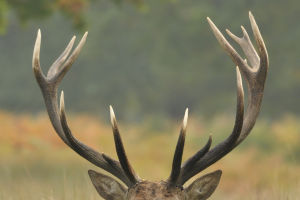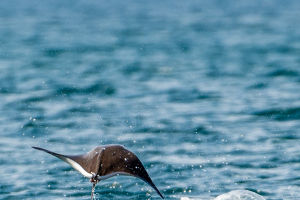The Killer whale, also known as the orca, is one of the most well-known species of whale. With its distinctive black and white markings, it is often referred to as the "panda of the sea."
Despite its striking appearance, the killer whale is not a fierce predator. In fact, it is a highly social animal that forms complex family structures and is thought to have its own culture.
Killer whales are carnivores and are known for their hunting skills. They prey on a wide variety of animals, including penguins, dolphins, seals, and even great white sharks.
They are found in almost all oceanic regions, from equatorial to polar waters, and are not limited by water temperature or depth. They can be found in many enclosed or semi-enclosed seas, such as the Mediterranean, the Sea of Okhotsk, the Gulf of California, and the Persian Gulf.
Killer whales have a preference for polar and temperate seas and have relatively high habitat densities in high latitudes, particularly in areas with abundant prey.
They usually prefer a depth of 20-60 meters, but can also visit shallow waters along the coastline or dive to depths of 300 meters in search of food.
In terms of their living habits, killer whales are known for their long-distance migrations at high latitudes.
Some Antarctic killer whales are known to have easy access to ice packs in search of prey, while others hunt only in the open ocean. They also congregate seasonally in coastal waters to feed and occasionally enter estuaries.
Killer whales are highly social animals and tend to live in groups. These groups can range in size from small groups of 2-3 individuals to large groups of 40-50 individuals.
There have even been reports of groups containing hundreds of individuals, but these are usually temporary connections between smaller groups.
In terms of swimming, killer whales can cover distances of up to 160 kilometers per day. They are known for engaging in behaviors such as jumping, floating and peeping, or slapping the water surface with their tail or pectoral fins.
They also use sound for communication and navigation, making use of 3 different vocalizations: whistles, discrete calls, and clicks. Each subgroup has its own distinct dialect that sounds slightly different from other subgroups.
Finally, in terms of diet, killer whales eat an average of 45kg of food per day but are capable of eating far more than that. They swallow small prey whole but tend to tear up larger prey before eating them.


